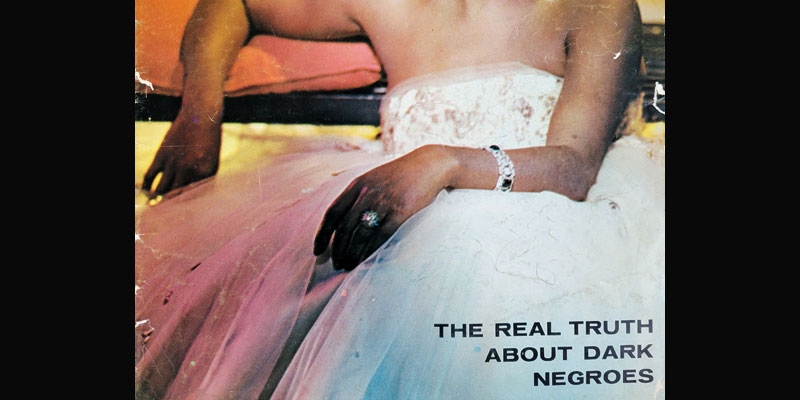African Americans have made extraordinary contributions to the history and culture of the United States as part of the nation and apart from it. This month, Auction Finds present s “28 days (Plus 1)” of this collaborative history. The additional day is intended to break Black history out of the stricture of a month into its rightful place as an equal partner in the history of America. Each day, I will offer artifacts culled from the auction tables and my research, along with the stories they hold.
Feb. 4, 2022
On being a ‘dark-skinned Negro’ in 1956

In its August 1956 issue, Sepia magazine took on the thorny issue of skin color with a story about discrimination among Blacks against Blacks. The premise of the Sepia article was that dark-skinned Black people were finally being accepted, and Sarah Vaughan and Eartha Kitt were good examples. “The success of these two dark girls is symbolic of a new trend in race – an end to color prejudice among Negroes that once relegated dark-skinned people to the bottom of the social scale and even caused Negro parents to look down upon their darker children,” according to the magazine.
As a child who wanted to grow up to be a singer, Vaughan was told that she would never be successful because she was too dark. “I was called black countless times,” she said in the magazine article. “I often wished I was a medium brown-skin color.” Even after she had come into her own, she still had internal doubts: “I sometimes have to fight off the depressing feeling that I am day-dreaming, that a pinch will awaken me to the realization that I am not what I am but a black little ugly duckling.” Read the full story.

